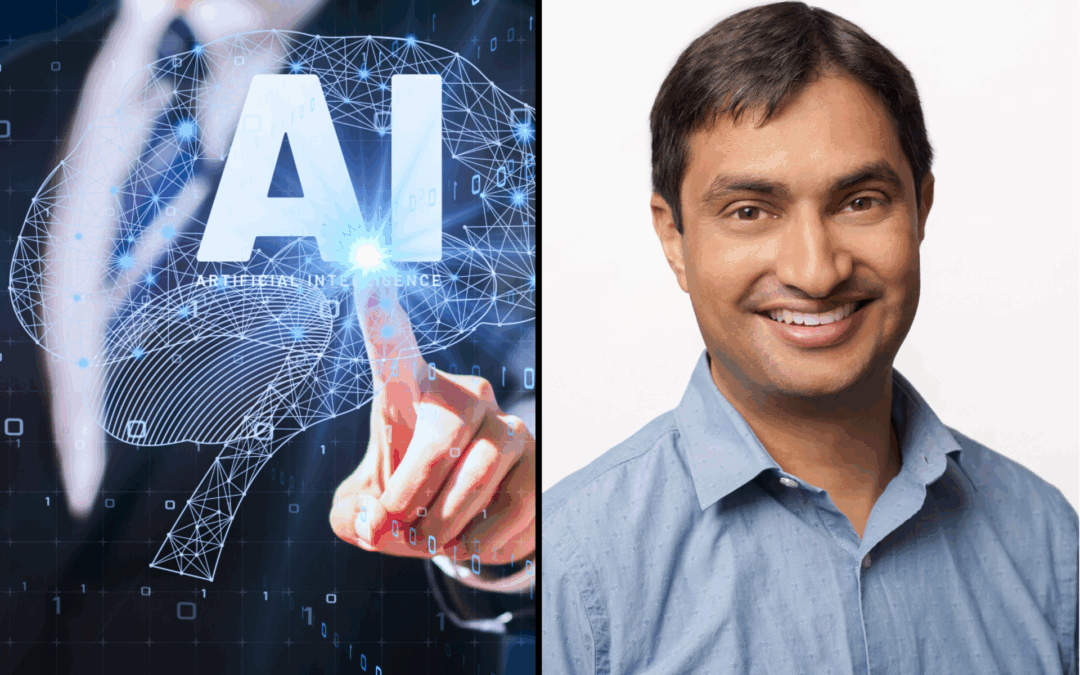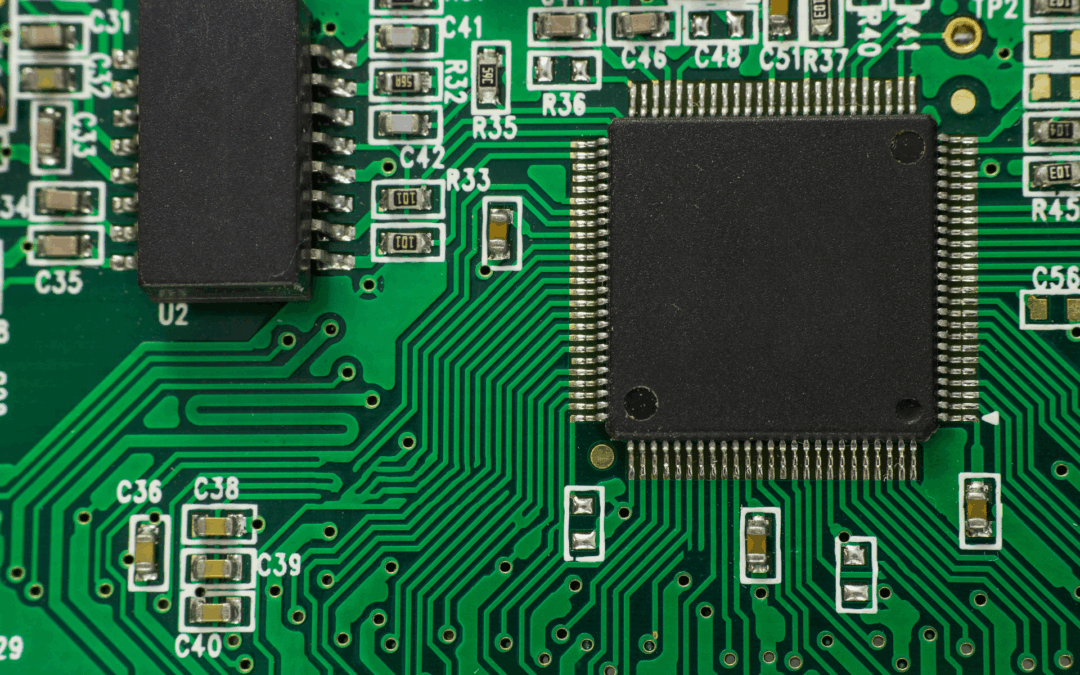By Dr. Kate Smith, President, Rio Salado College
“Collaboration between educators, employers, and policymakers is crucial to shape AI strategies that bridge the education-workforce divide and ensure ethical and effective use of AI. AI is a powerful tool that can transform workforce development in higher education, offering new opportunities to enhance learning, streamline processes, and prepare students for the challenges and opportunities of the AI-driven workplace.” – Chat GPT
Generative and Agentic Artificial Intelligence (AI) are unleashing exciting possibilities— and concerns. While cutting-edge technologies are leading to promising training developments and workforce innovations— potential threats to privacy, security, the environment, and more demand caution and safeguards.
By working together and prioritizing the convergence of AI and workforce development, we can serve a greater number of learners, expand industry partnerships to build a robust workforce, create new revenue streams, and influence the advancement of artificial intelligence.
Employer and worker sentiments differ on the value of college degrees. However, all agree our rapidly evolving economy requires agile and cost-effective workforce development solutions. This is supported by think tanks, government policy, federal and state funding, as well as increased attention by local governments and other stakeholders (Ascendium Dec. 2023, AAC&U 2023, Jobs for the Future Mar 2024).
Employers are challenged with finding and retaining skilled employees, filling vacancies in high-demand industries, improving skill set gaps, and identifying candidates with AI experience and knowledge. Likewise, postsecondary institutions are challenged with connecting students and workers to training and higher-paying jobs.
To address these needs, many of us have partnered with employers and other stakeholders to develop customized credit and non-credit microcredentials that focus on specific skill sets and can be earned in a relatively short time.
The result— support from employers, learners, and educators alike; an increase in adult worker enrollments; exponential growth of microcredentials offered by educational institutions and private companies such as Google, Meta, and Microsoft via Career Academy; and educational partnerships such as the University of Texas System’s collaboration with Coursera (Ascendium Dec. 2023, AACSB Oct. 2023).
While exciting, many of us agree standardization in credentialing will benefit all stakeholders and ensure that microcredentials are leading to employment success for the learner, are transferable, and can be clearly identified and valued by industry. (Stakeholders’ Roundtable 2022, Inside Higher Ed Feb. 2023).
Another option is working directly with employers to create training programs that combine industry-specific knowledge with our academic component and offer credit for prior learning toward academic credentials. This is a cornerstone of Rio Salado College’s long-standing Educational Service Partnerships and work creating customized credentials such as our Broadband Telecommunications associate degree developed with The Society of Cable Telecommunications Engineers. With AI technologies, among other emergent technologies, we have the potential to enhance training that’s tailored to meet the unique needs of each learner.
AI is also helping employers and workers connect in more efficient ways, especially by way of job banks. What is lacking is a comprehensive, centralized database for workforce development, where employers can find and prescreen candidates; workers can find jobs and training, upload resumes, and track professional credentials; and educational institutions can connect with learners who can benefit from their programs. Not unlike the USAJOBS, which helps federal agencies and employees with workforce development. By expanding this service to include other public and private sectors, along with a standardization of credentialing, we will greatly enhance our ability to fill high-demand jobs around the world.
What AI cannot address are the many challenges adult learners face now. Approximately 40% of all U.S. workers are low income. As such, it makes sense we invest in scholarships and support services that address homelessness, hunger, and other issues preventing learners from completing their goals and successfully contributing to the workforce. Equally important are flexible options so learners can balance the demands of work, family, school, and life— and take classes at a time, place, timeframe, and price point that fits their lives.
We have an awesome responsibility. The country is counting on us to help build a dynamic workforce and lead the way in the development of an AI literate workforce. I am confident if we share resources and strategies, rethink our traditional roles, and redefine the learning experience— we will make education and employment more equitable and accessible— and create a thriving workforce of the future.







Recent Comments